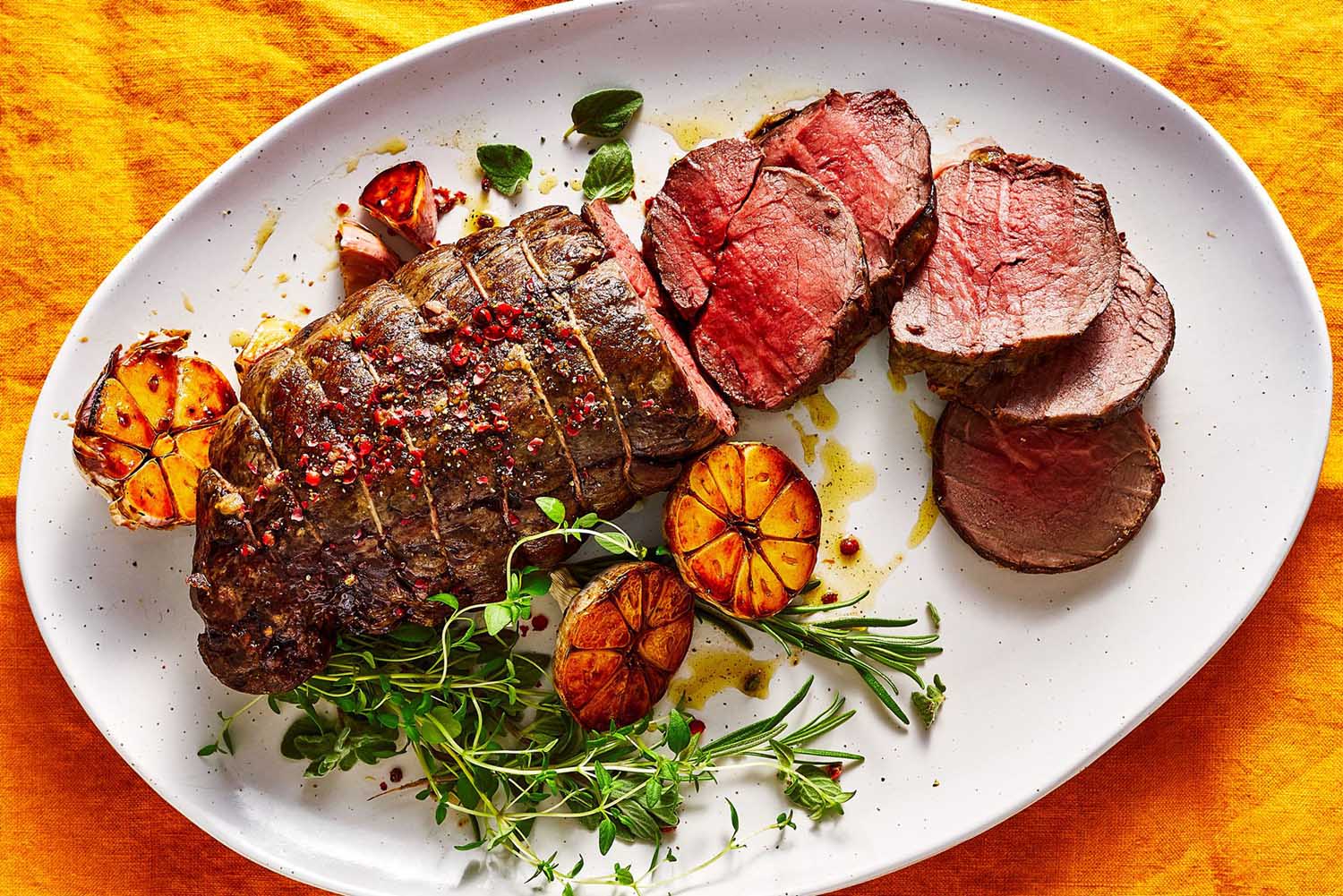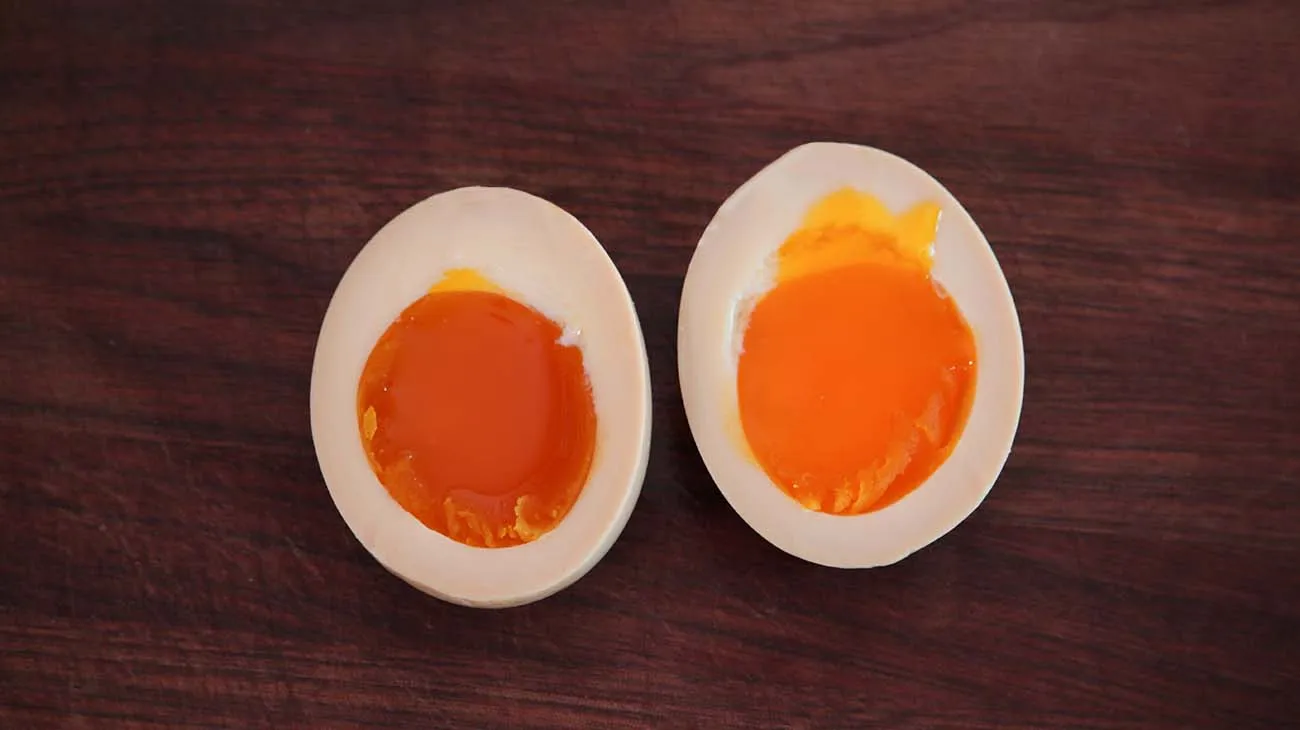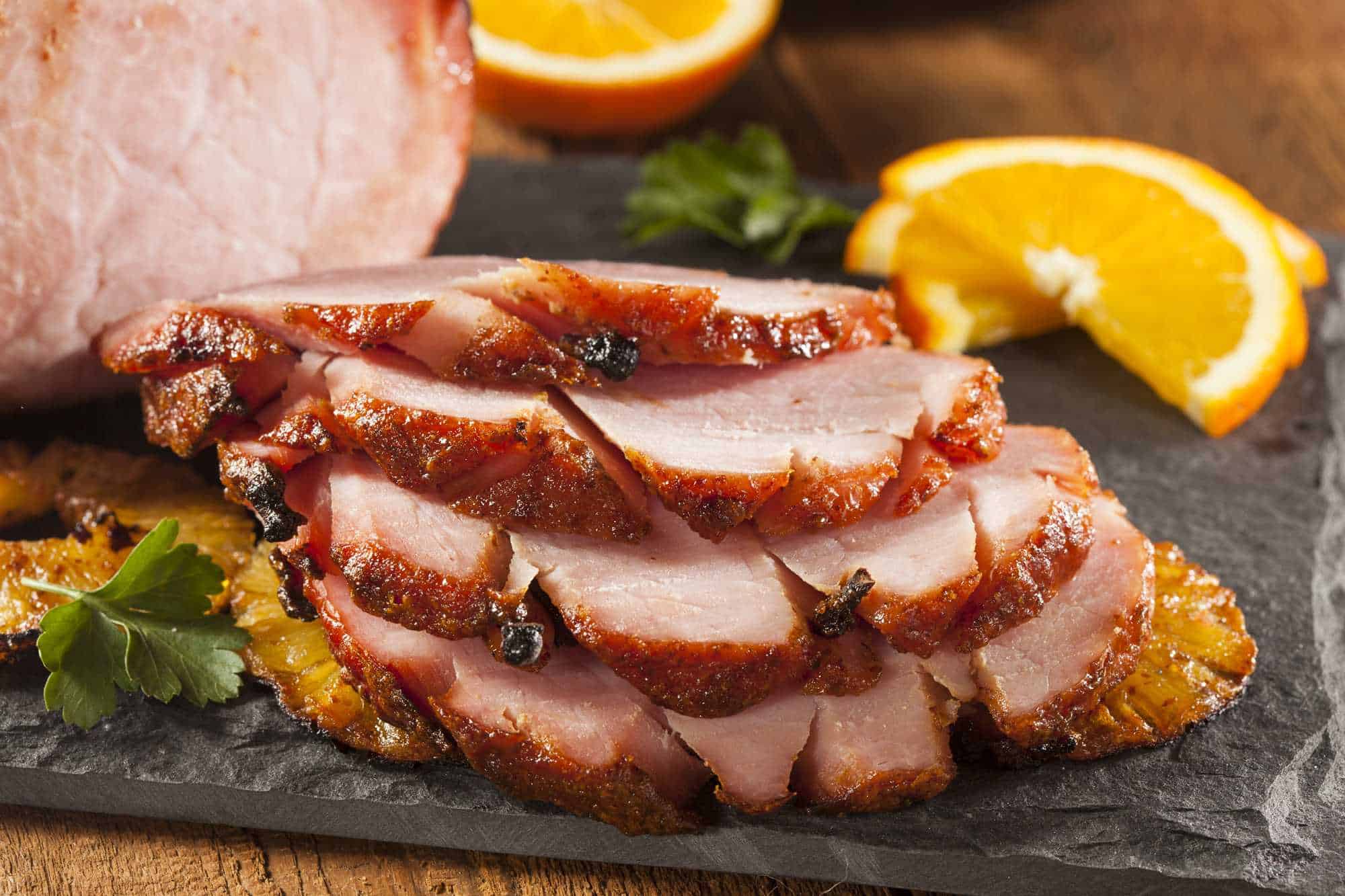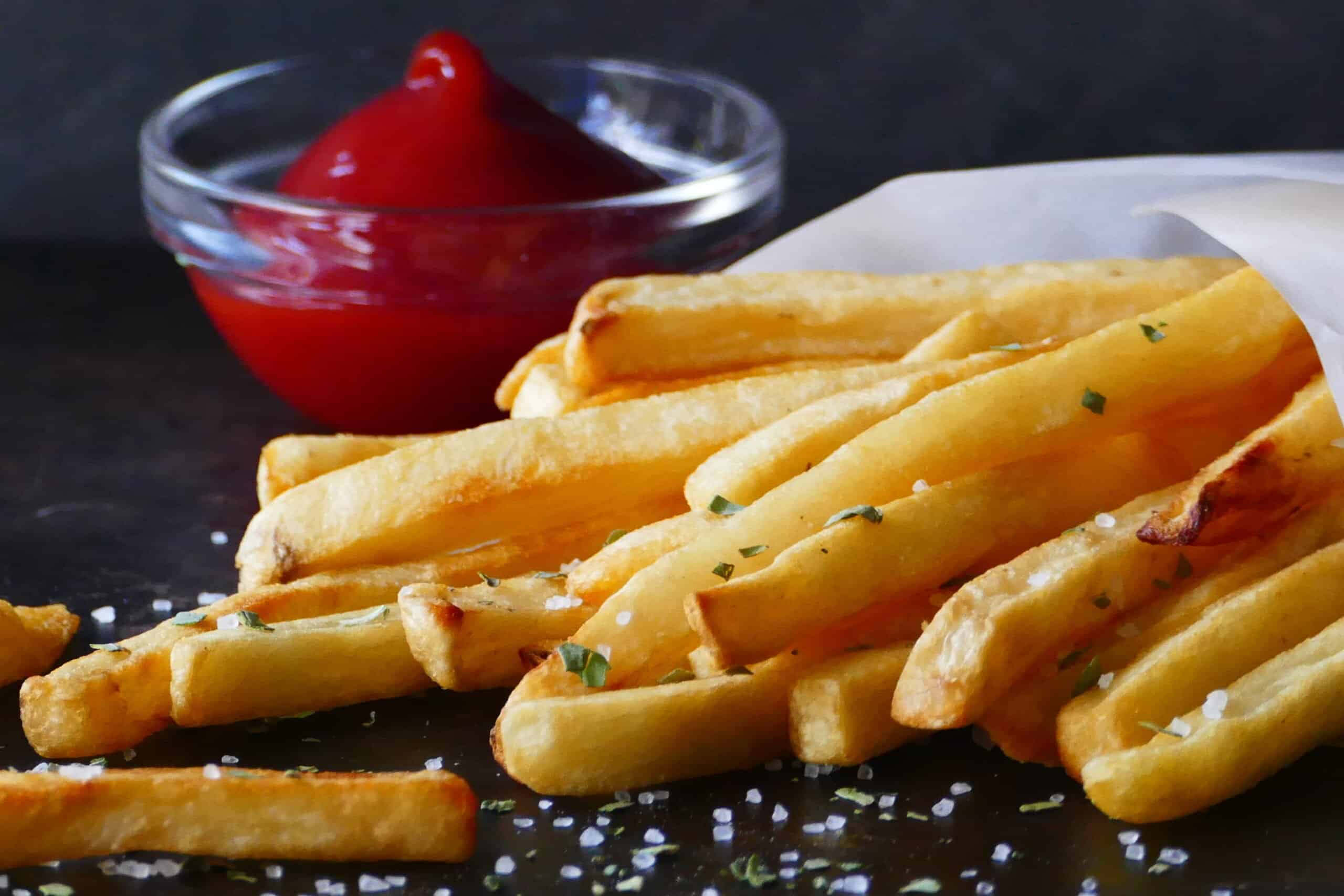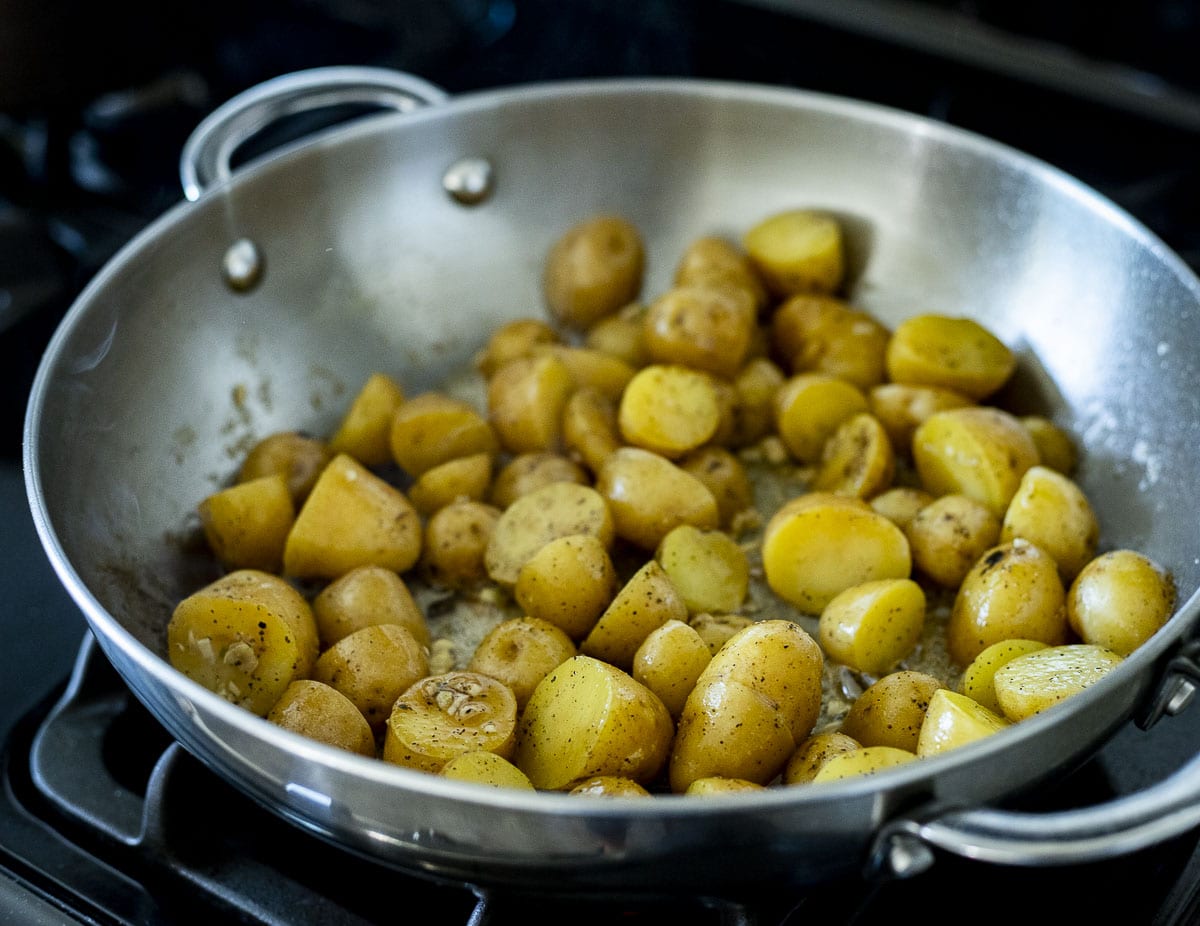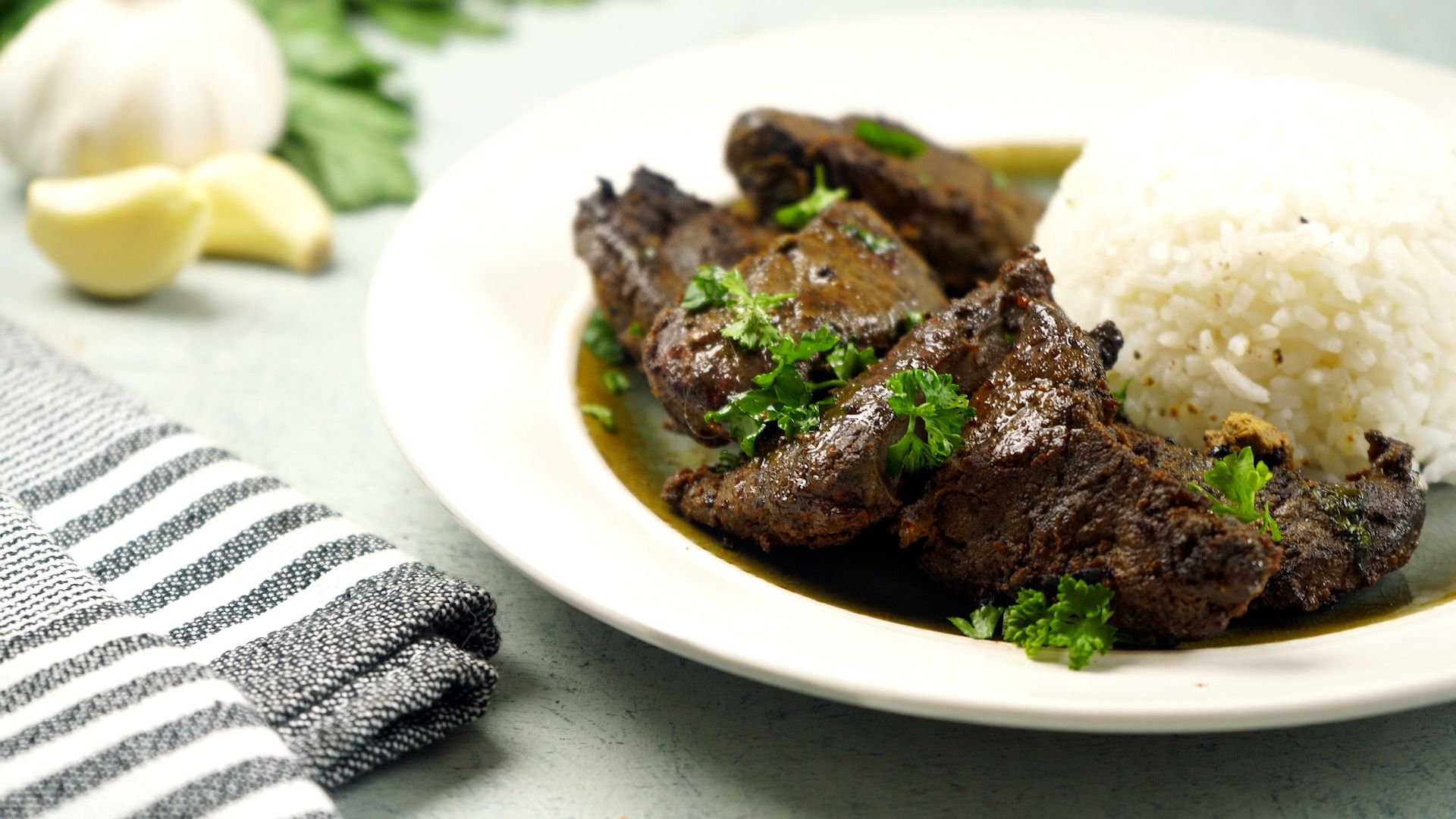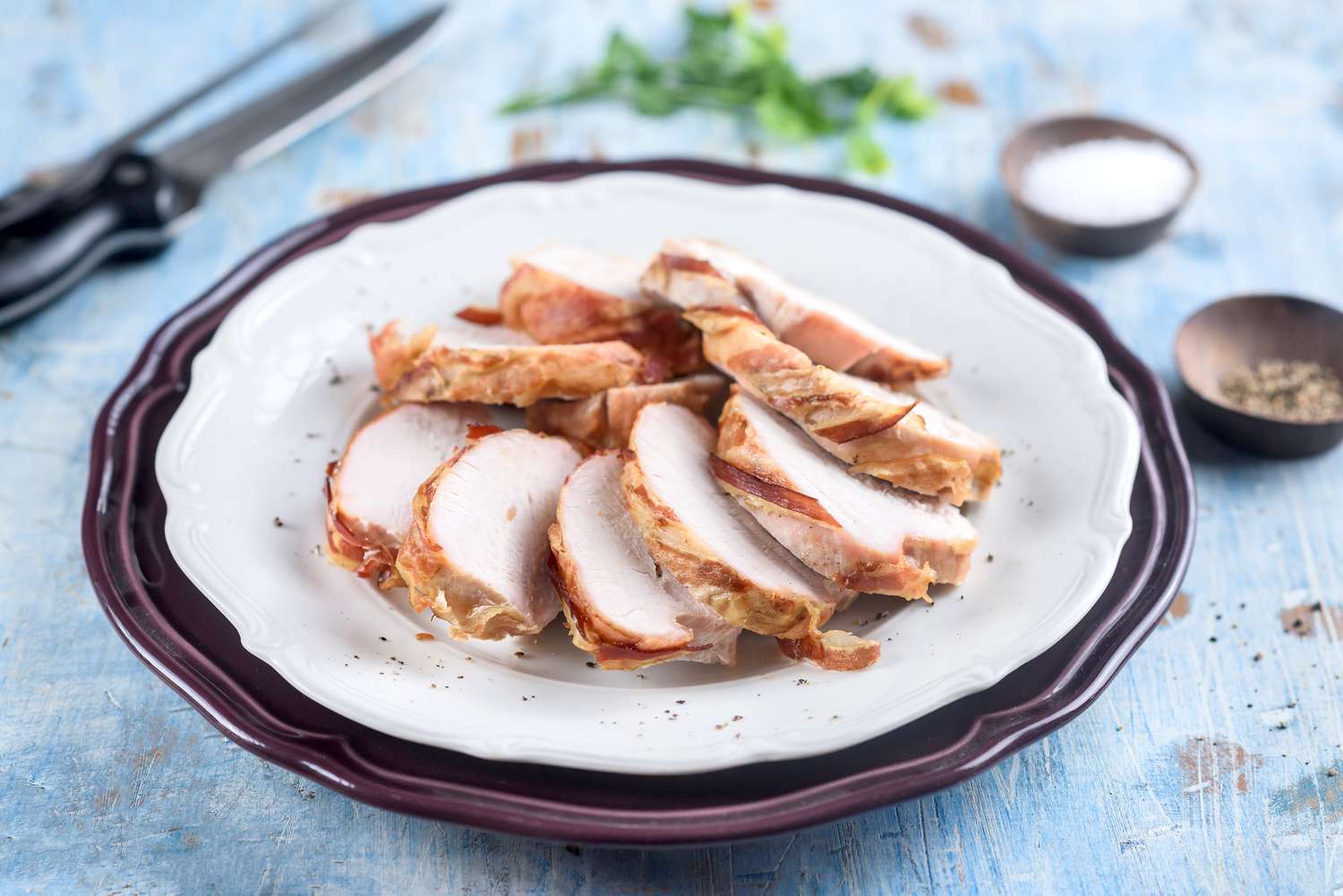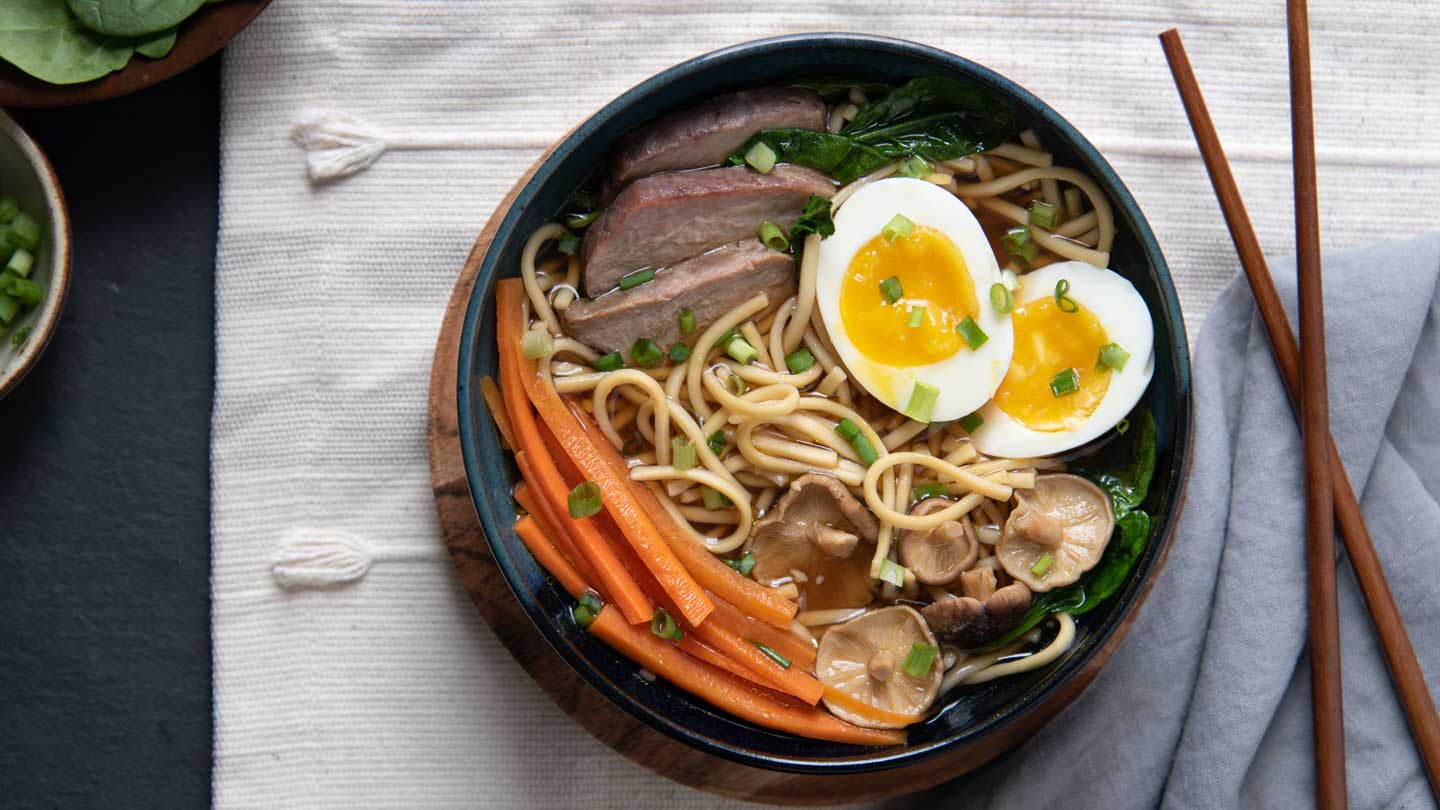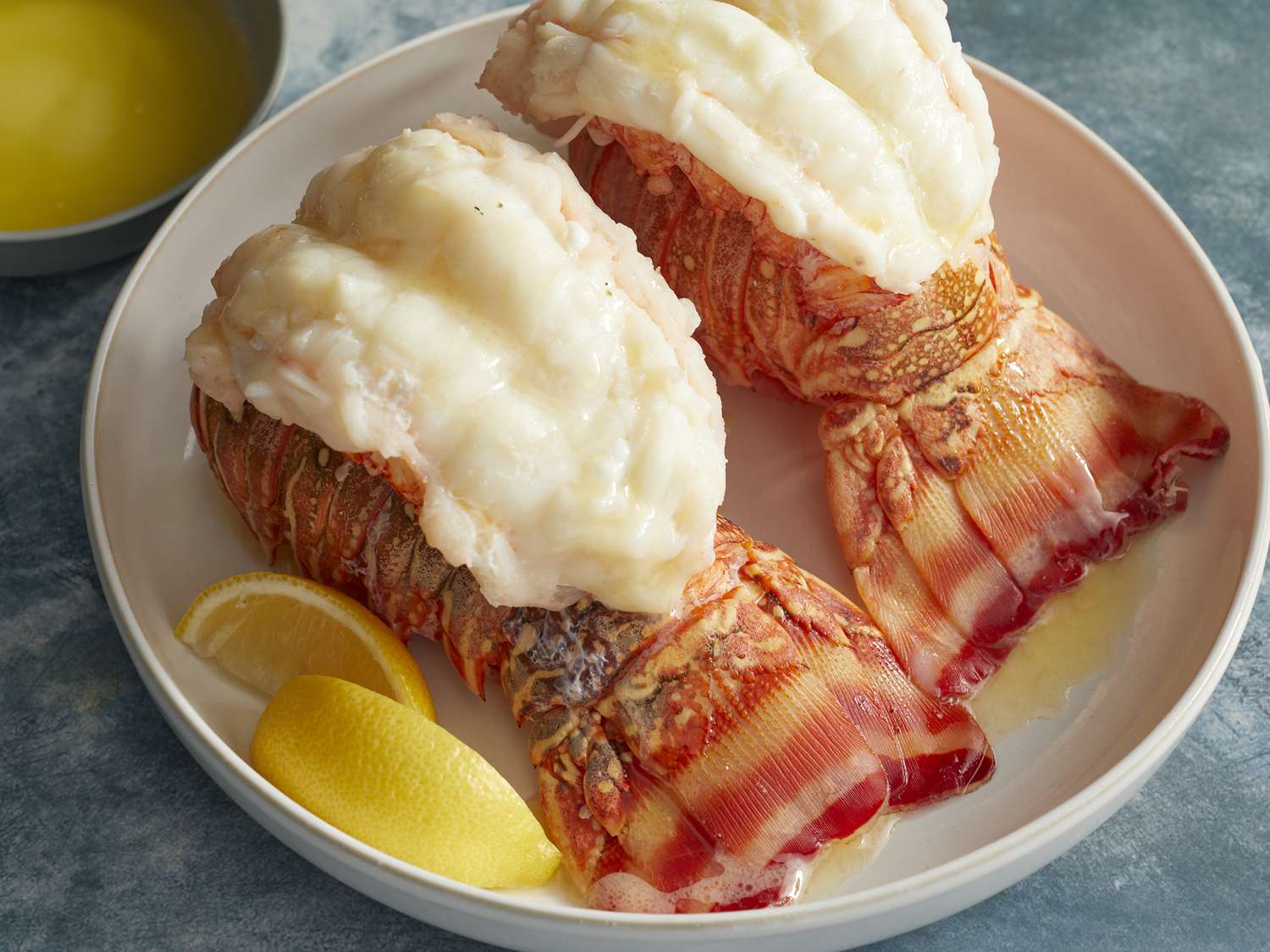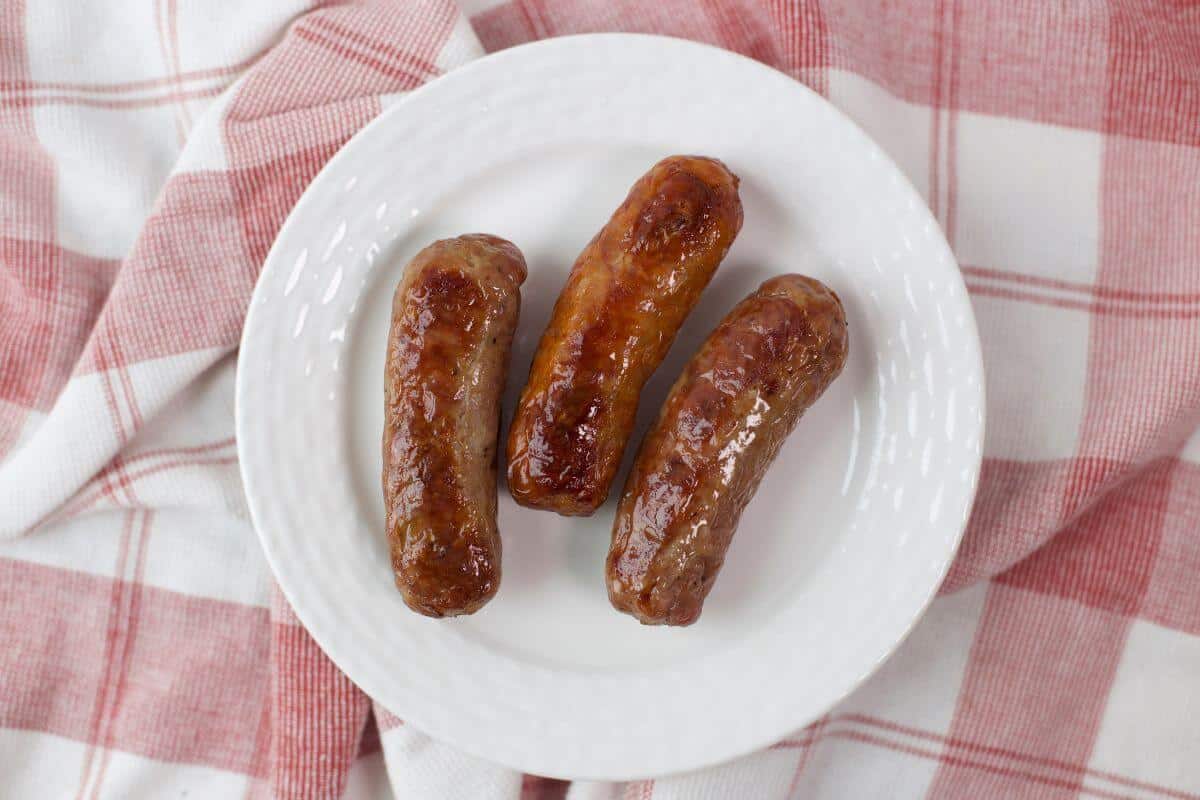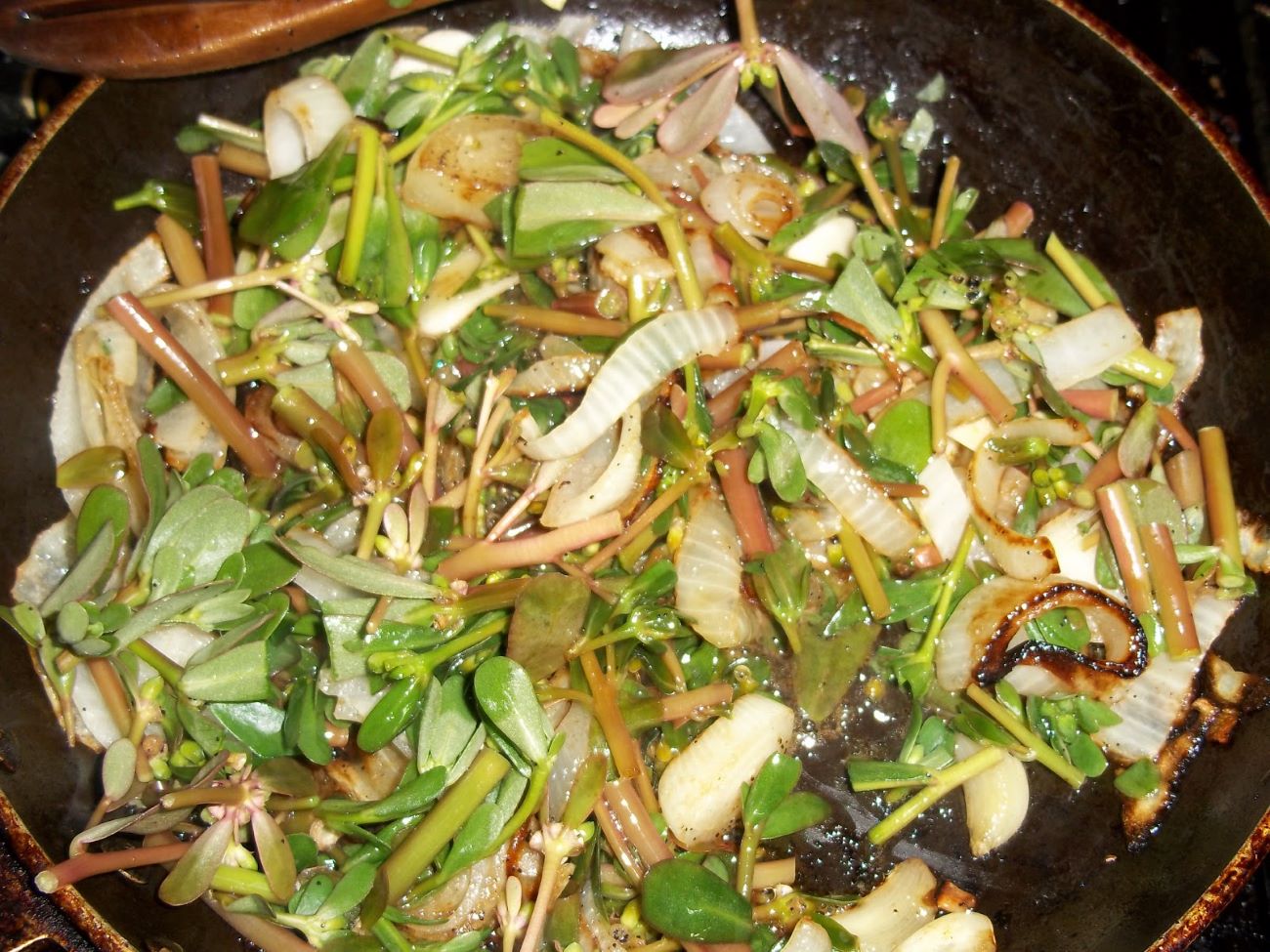Unlock the Secrets to Cooking the Perfect Rib Roast!
Gather around, food enthusiasts! Today, we’re diving into the art of cooking the perfect rib roast. Whether you’re hosting a festive dinner party or simply want to elevate your culinary skills, this classic dish is sure to impress. With a few key steps and a touch of expertise, you’ll soon be savoring the juiciest, most flavorful rib roast you’ve ever tasted. Let’s get cooking!
Choosing the Right Cut
The journey to a perfect rib roast begins with selecting the right cut of meat. Look for a well-marbled prime rib roast with a generous amount of fat, as this will contribute to the richness and tenderness of the final dish. Consider the number of ribs you’ll need to accommodate your gathering, with each rib serving approximately two people.
- Opt for a bone-in rib roast: The bone helps to enhance the flavor and retain moisture during cooking.
- Choose the right size: Aim for a roast with at least three to four ribs if you want to achieve that beautiful, juicy texture.
- Season to perfection: Prioritize meat quality and ensure it’s fresh and well-aged for maximum flavor.
The Art of Seasoning
Seasoning is the key to unlocking the delectable flavors of your rib roast. Keep it simple yet impactful by using a combination of salt, freshly ground black pepper, and herbs. Here’s a step-by-step guide:
- Remove the roast from the refrigerator and let it come to room temperature for about an hour. This allows for even cooking.
- Generously rub the entire roast with a mixture of kosher salt and freshly ground black pepper. Ensure every nook and cranny is covered. The salt will enhance the natural flavors and help form a mouthwatering crust.
- Consider adding your favorite herbs: rosemary, thyme, and garlic work wonders to infuse the meat with aromatic goodness.
The Cooking Process
Now that your rib roast is perfectly seasoned, it’s time to get it into the oven. This is where precision cooking comes into play:
- Preheat your oven to 450°F (230°C).
- Place the rib roast, bone-side down, on a rack in a roasting pan.
- Insert a meat thermometer into the thickest part of the roast without touching the bone.
- For medium-rare, roast the beef for 15 minutes at 450°F (230°C) and then reduce the oven temperature to 325°F (165°C). Cook for about 15 minutes per pound or until the thermometer reads 135°F (57°C).
- For medium, continue cooking until the thermometer reads 140°F (60°C).
- Remember that the meat will continue to cook as it rests, so it’s essential to remove it from the oven slightly before reaching your desired doneness.
Resting and Serving
Once you’ve achieved the perfect level of doneness, it’s crucial to allow your rib roast to rest before slicing. This resting period allows the juices to redistribute, resulting in a moist and flavorful roast. Follow these final steps:
- Remove the rib roast from the oven and tent it loosely with aluminum foil.
- Let it rest for about 15-20 minutes, resisting the temptation to slice into it prematurely.
- Carve the roast into thick slices, taking care to cut against the grain for maximum tenderness.
- Serve your masterpiece with your favorite side dishes and enjoy the accolades of your impressed guests!
Now that you’ve mastered the art of cooking the perfect rib roast, it’s time to put your skills to the test. With each tender, flavorful bite, you’ll be reminded of why this classic dish has stood the test of time. So, roll up your sleeves, put on your chef’s hat, and prepare to wow everyone with your culinary prowess. Happy cooking!
Was this page helpful?
Read Next: How To Cook Whole Tenderloin
